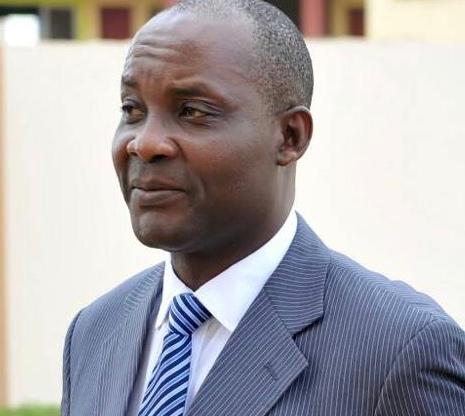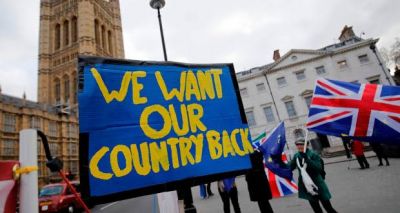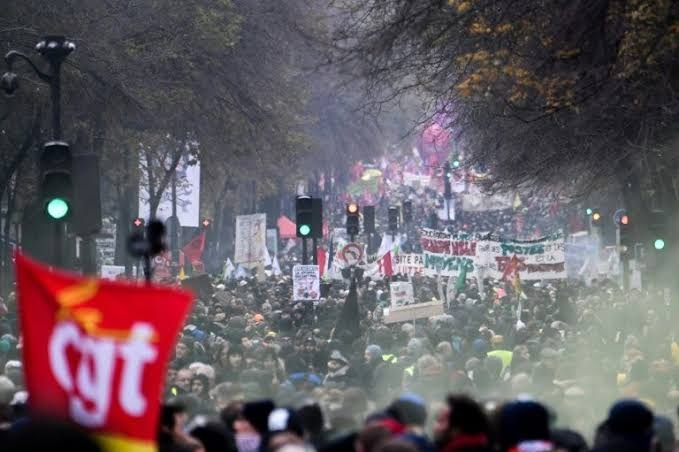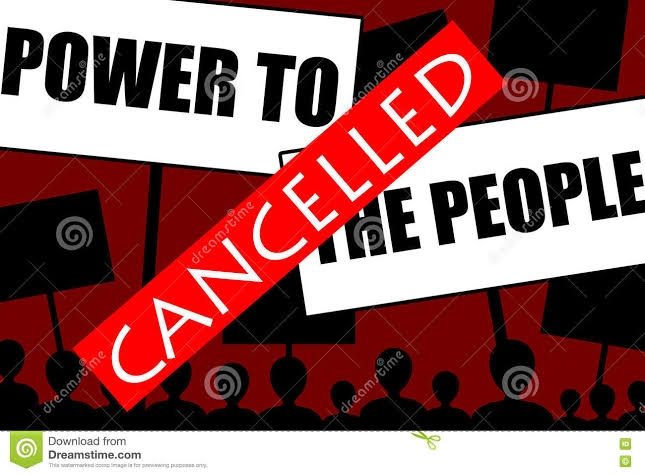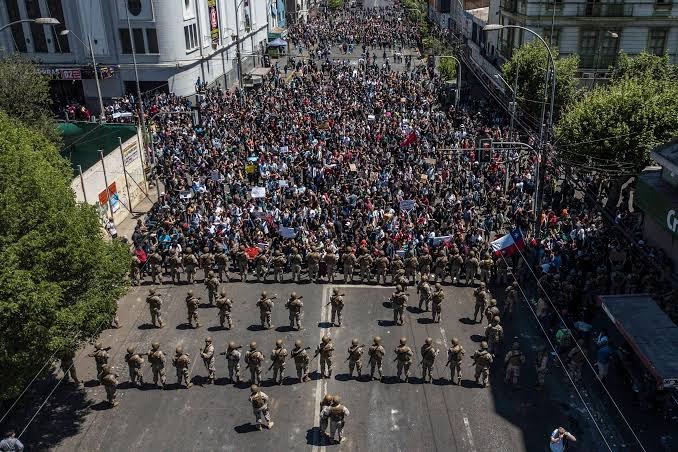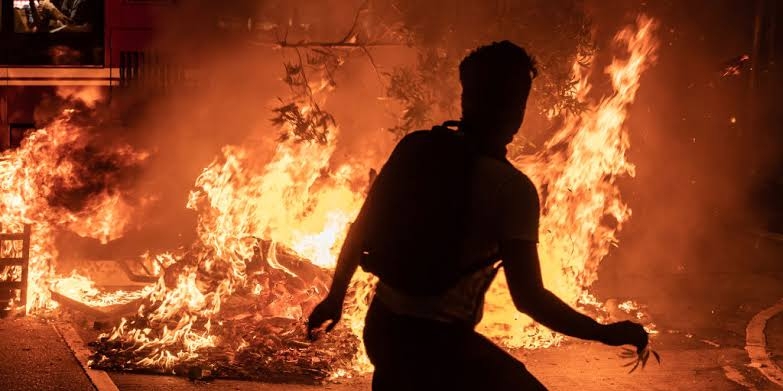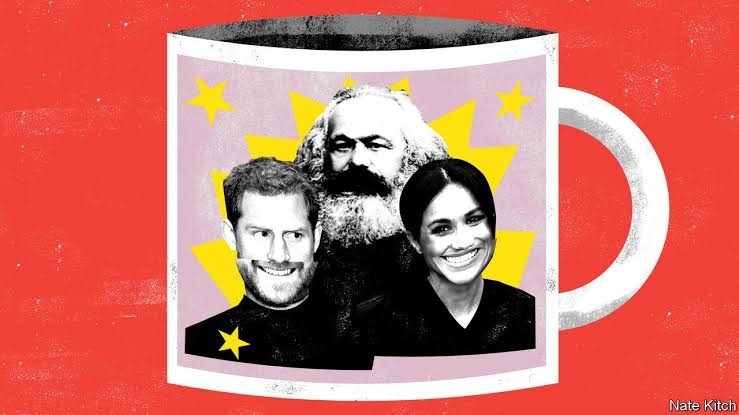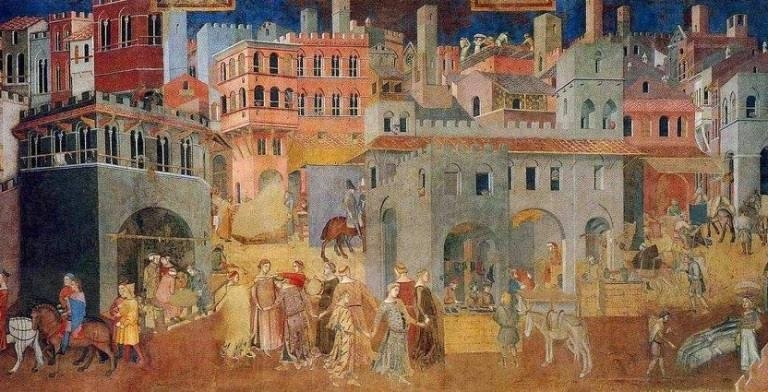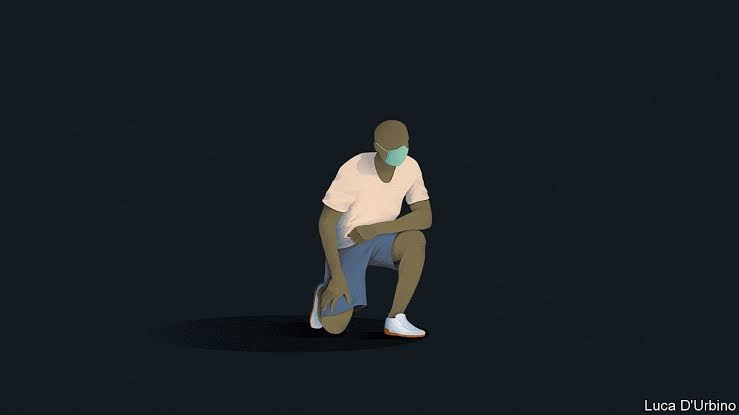Nationalism comes in many flavors — the ethnic and the civic, the religious and the secular, the right and the left. A century ago, Theodore Roosevelt’s New Nationalismcalled for inheritance taxes, a ban on corporate money in politics, workers’ compensation and a living wage. By contrast, the recent National Conservative Conferenceoutlined a “new American and British nationalism” that featured balanced budgets, strong national borders and a return to Anglo-American national traditions: “constitutionalism, the common law, the English language, and Christian scripture.”
There are so many varieties of nationalism that it may be time to pause and ask: What is a nation? A provocative and useful answeronce came from the 19th-century French scholar Ernest Renan: “The essence of a nation is that all of its individuals have many things in common, and also that everyone has forgotten many things.”
What must citizens forget before a nation becomes a nation? Ethnic differences, for one thing: “No French citizen knows whether he is a Burgund, an Alain, a Taifala, or a Visigoth,” Renan said. Ancient differences as to sect or creed must be left in the past. “Every French citizen has forgotten,” Renan claims, that in the 13th century the pope’s armies nearly wiped out the Cathars, a rival Christian sect, and that on St. Bartholomew’s Day in the 16th century, Catholic mobs slaughtered thousands of Calvinist Protestants.
Happily, by Renan’s day, such old conflicts had fallen into time immemorial, and in so doing freed France to become France.
What can happen to a nation whose citizens do not forget? Renan would not have been surprised by the fate of the former Yugoslavia. For many years, Muslim Bosniaks, Roman Catholic Croats and Eastern Orthodox Serbs lived in relative harmony. With the collapse of Communism in the late 1980s, however, it seemed likely that the country would splinter into its constituent parts, and the Serbs, fearing they would become a second-class minority, began to massacre their Muslim neighbors.
Slobodan Milosevic, a skilled apologist for the memory of difference, helped plant the seeds of that exercise in ethnic cleansing when he celebrated the anniversary of an ancient battle. For Serbs, it had become a so-called chosen trauma, an ancestral calamity whose memory mixes actual history with present-day grievance and hope. In the summer of 1389 at the Field of Blackbirds in Kosovo, an army of Muslim Turks defeated Christian Serbs led by the feudal lord Lazar Hrebeljanovic. The Ottoman Empire thereafter ruled over Kosovo for 400 years.
To mark the 600th anniversary of that battle, Mr. Milosevic gathered a crowd on the original Field of Blackbirds. He himself descended on the site in a helicopter as if sainted Prince Lazar were returning from on high. Standing before the prominently displayed dates 1389 and 1989, he then delivered a speech whose constant references to dignity and humiliation, motherland and treason, bravery and suffering, pride and shame were clearly designed to provoke a time-collapsed modern re-enactment of the ancient animosity between Christians and Muslims.
In subsequent years, a genocidal campaign followed. In the town of Srebrenica, Serbian fighters massacred about 8,000 Muslim men and boys.
Henry Adams once called politics “the systematic organization of hatreds,” certainly the case in the former Yugoslavia. Not that American politicians have ever lacked such skills. One need only think of Ronald Reagan going to Neshoba County, Miss. — notorious site of the 1964 murders of three civil rights workers — to kick off his 1980 presidential campaign by telling a cheering crowd at the county fair, “I believe in states’ rights.” Or of Donald Trump Jr., who traveled to the same county fair in July 2016 to assure the crowd, “I believe in tradition,” a simple prompt in both cases for voters whose motivating “chosen trauma” is the Civil War and its legacy of racial animosity.
In sketching a model of nationhood, Renan adds to the forgetting of difference a kind of negative definition of national identity, carefully enumerating all the things that people might take to be a nation’s essence and dismissing each in turn: It isn’t to be found in religious belief, language, race, “ethnographic politics,” economics or even geography (“it is no more soil than it is race which makes a nation”). Once he has pared all that away, Renan leaves us with little but the first part of his “essence of a nation,” that its citizens have many things “in common,” meaning, to my mind, the kind of nondivisive secular ideals found in the United States Constitution such as universal suffrage, due process of law and a guarantee that the government will pass no legislation “respecting an establishment of religion.”
Can there be a new nationalism that squares with such ideals? Maybe, but the National Conservatism Conference, organized by the Edmund Burke Foundation, showed how difficult it can be.
The organizers of that meeting set out to “reconsolidate the rich tradition of national conservative thought,” at the same time insisting that their project stood “in stark opposition to political theories grounded in race,” an opposition articulated in part by appealing to a supposedly more benign political theory grounded in “culture.”
When they got into details, however, it was hard to separate that ground from race and religion. “Culture,” one speaker declared, always emerges from a specific time and place, his example being the famous sermon imaging the Massachusetts Bay Colony as a “city on a hill,” an inspirational text rooted in “a particular soil” and “a particular way of thinking.” The home soil would be England, of course, and the way of thinking the Puritan strain of the radically anti-Catholic Church of England — a culture, in short, markedly European, white and Protestant.
Other examples offered at the conferencecould never quite escape the disconnect between ideals and their details, the most egregious and off-script example coming from a speaker calling for an immigration policy that would take “cultural compatibility” into account, shamelessly adding that this would effectively mean “taking the position that our country will be better off with more whites and fewer nonwhites.”
The new nationalism seems to be driven by a hunger for identity, for a solid sense of one’s presence in the world, joined to a style of self-knowing that operates by opposition: I’m British, not French; I’m American, not Mexican; I’m Christian, not Muslim; I’m white, not black. Given that point of departure, nationalism becomes a shorthand for the memory of all such oppositions.
It is always a valuable exercise to freshly imagine what our country means to us, but in doing so we would do well to remember that when it comes to divisions of race, ethnicity and religious belief, the unforgotten is the destroyer of nations.
New York Times

